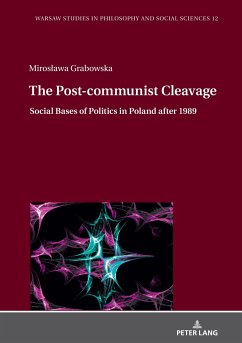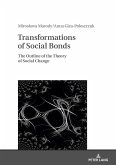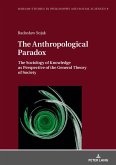The book begins with a discussion of Lipset-Rokkan's theory of cleavages and its continuations. The author's interpretation of this theory is applied to a historical context: the communist system that divided society into communist and anti-communist sides. They survived the fall of communism, resulting in the post-communist cleavage. This cleavage manifested itself in social identities, electoral behavior, the shape of the party system and the attitudes of party elites. The problem of generalizing Lipset-Rokkan's theory is considered - its scope and applicability to the various post-communist countries. The problem of persistence is also discussed - the post-communist cleavage was sustained by various factors, but also weakened by the actions and choices made by the party elites.








